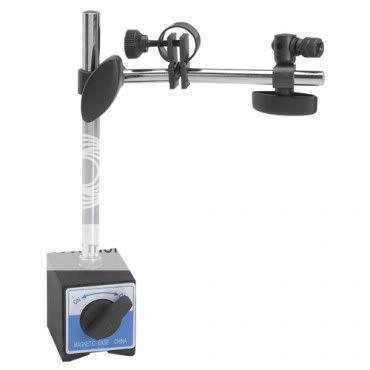Hi Gents
After a Rifle is Bedded how does one check to ensure it is stress free? I know a DTI is involved but not sure how and why this is used.
I would greatly appreciate some help in running through the process.
Also i bedded the first 1.5 inches of Barrel as part of the Bedding job. Was i correct to do this?
The barrel has a 4 inch shank with straight taper down to 0.795 at 26 inches. Action is Borden Timberline.
Thank you
Brit.
After a Rifle is Bedded how does one check to ensure it is stress free? I know a DTI is involved but not sure how and why this is used.
I would greatly appreciate some help in running through the process.
Also i bedded the first 1.5 inches of Barrel as part of the Bedding job. Was i correct to do this?
The barrel has a 4 inch shank with straight taper down to 0.795 at 26 inches. Action is Borden Timberline.
Thank you
Brit.

